Introducing ChatGPT4: The Next Generation of Language Models
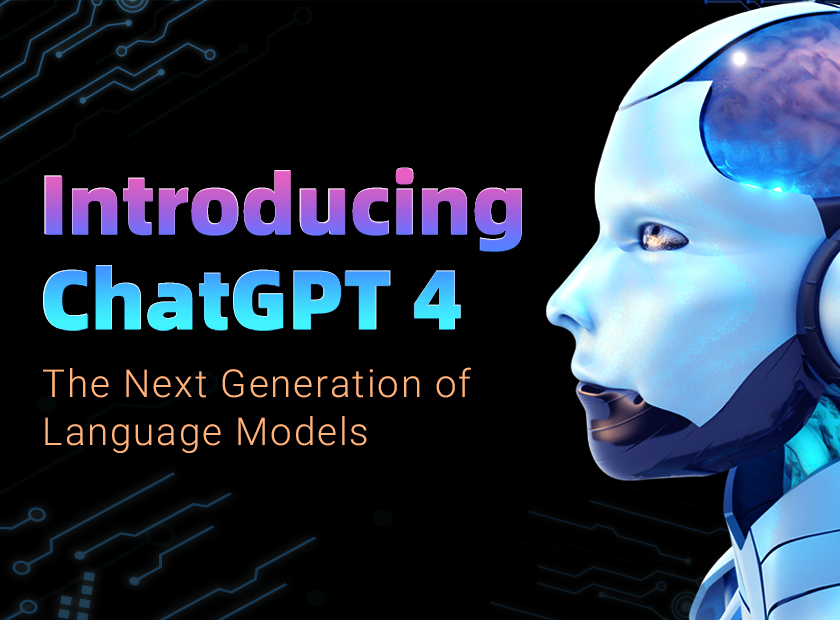
Introducing ChatGPT4: The Next Generation Language Models
ChatGPT, released in late 2022, has taken the world by storm, it can produce human-like produced content in thnbe chatbox and even help makers write code for DIY electronics projects, as the blog “WHAT IS CHATGPT AND CAN CHATGPT WRITE CODE FOR MAKERS?” that we've already published illustrates the benefits that the incredibly surprising ChatGPT brings to makers, but now OpenAI has even released the upgraded version of ChatGPT-4, which replaces ChatGPT3.5 and is definitely going to completely transform entire industries, including media, education, law, and technology.
So what is ChatGPT4? What are the improvements over the current free version of ChatGPT-3.5 and ChatGPT-4?
In this article, we will discuss the main similarities and differences between ChatGPT and GPT-4, and if they can write better codes for makers.
What is GPT4?
GPT-4 is the newest and furthest-developed version of the OpenAI language model. Its release on March 14, 2023, has been hailed as the next milestone in the development of deep learning.
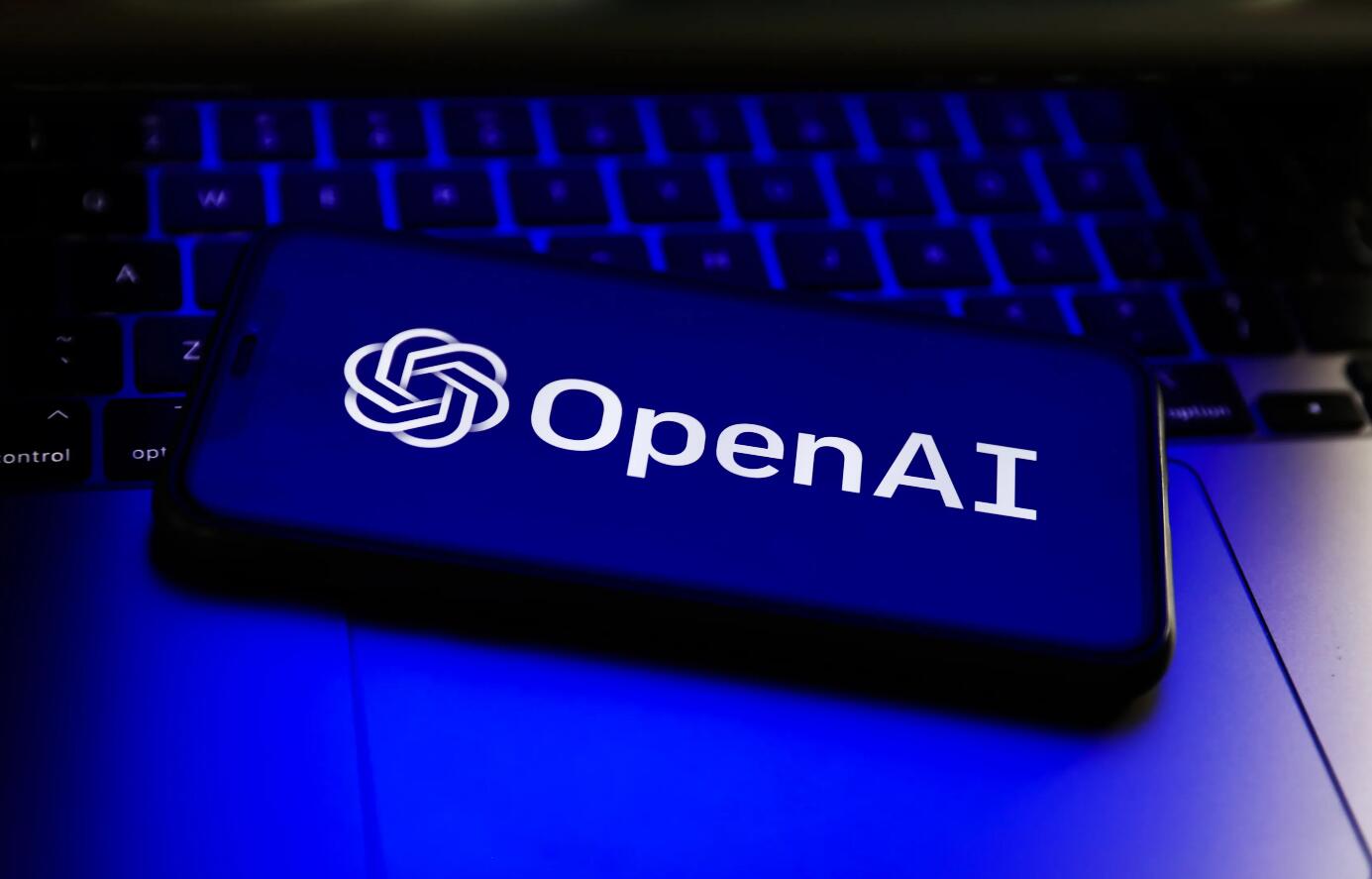
It's said that GPT-4 can generate more factual statements than GPT-3 and GPT-3.5, providing more reliability and trustworthiness. It's also a large multimodal model (today it accepts text input and produces text output, with image input coming in the future. GPT-4 can also generate labels, classifications, and analysis on image input.) Thanks to its broader general knowledge and advanced reasoning capabilities, GPT-4 is able to solve difficult problems with greater accuracy than any previous OpenAI ChatGPT model.
Last but not least, it has also gotten some creativity. According to what the official product update suggests, it is capable of generating, editing, and iterating with users on creative and technical writing tasks, like song composition, script writing, or learning users' writing styles.
Like gpt-3.5-turbo, GPT-4 is optimized for chat, but also works well for traditional fill-in-the-blank tasks.
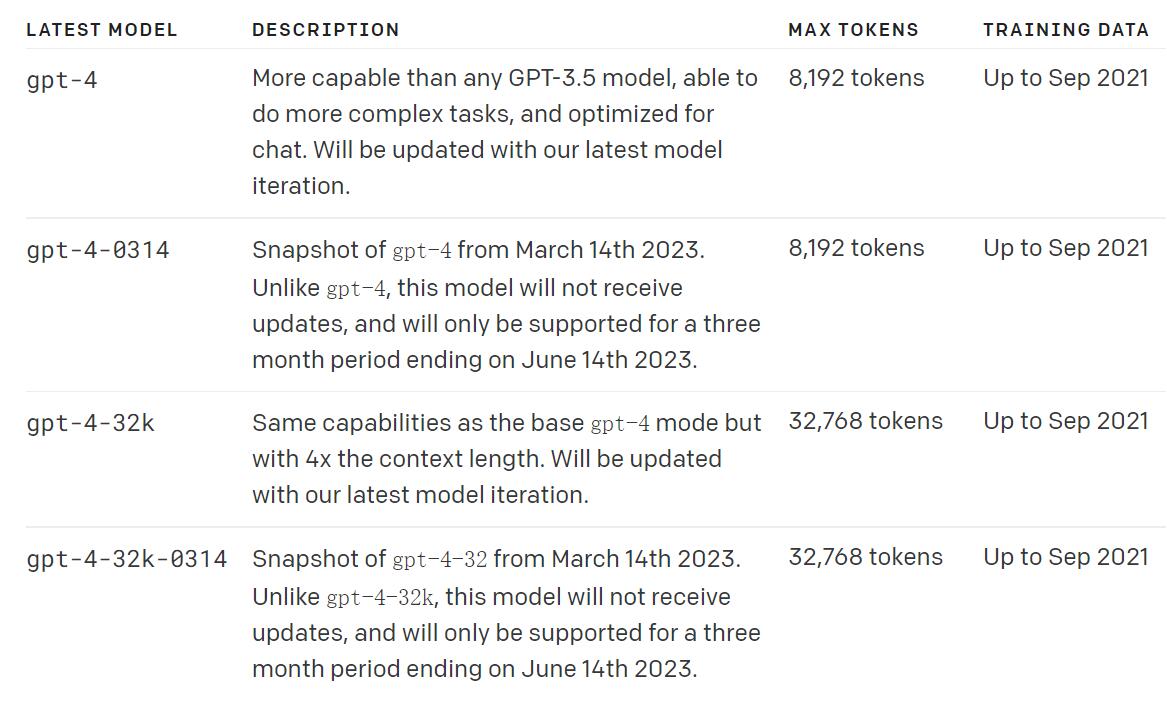
How is ChatGPT4 trained?
OpenAI has not yet disclosed details of how they trained GPT-4. There is no mention of the architecture (including the size of the model), hardware, training computation, dataset construction, or training method in their technical report. What we do know is that GPT-4 is a multimodal generative model of the transformer type, trained on both publicly available and licensed third-party data, and then fine-tuned using RLHF. Interestingly, to make the model's responses more accurate and less likely to go outside the guardrails, OpenAI has shared details of its enhanced RLHF techniques.
After a policy model has been trained (as in ChatGPT), RLHF is used in adversarial training, which is a process of training a model on malicious examples designed to fool the model in order to defend it against such examples in the future. In the case of GPT-4, the policy model's responses to adversarial challenges are evaluated by human domain experts from a variety of fields. These responses are then used to train additional reward models that iteratively refine the policy model, resulting in a model with fewer risky, evasive, or incorrect responses.
What model variants does ChatGPT-4 have?
The GPT-4 is currently available in two models as of March 2023:
- gpt-4-8K
- gpt-4-32K
These two models differ in the size of the context window. While GPT-4 is already in commercial use, most users will have to wait a while to get access to the GPT-4 API and develop their own GPT-4 based applications and services.
What is ChatGPT-3 and ChatGPT-3.5?
ChatGPT3
GPT-3 is a language model developed by OpenAI. It was released to the public in June 2020 and has quickly gained attention for its remarkable language generation capabilities.
GPT-3 is available in several basic models. They differ in the number of parameters and the amount of computation required. Commonly used models include Ada, Babbage, Curie, and Davinci.
On March 15, 2022, a new version of GPT-3 was released by OpenAI with the name "text-davinci-003". The new version is said to work better than the previous one. It was also much more up-to-date than the previous version of the model (which was trained on data up to October 2019), as it was trained on data up to June 2021. Eight months later, in November 2022, OpenAI began referring to this model as part of the "GPT-3.5" series.
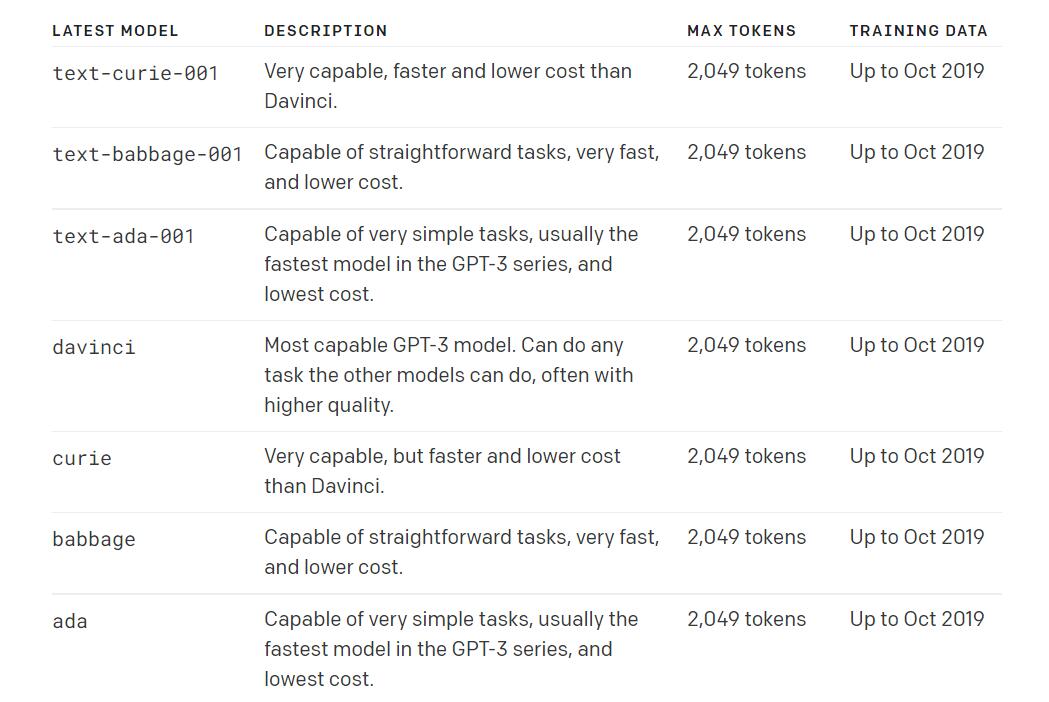
ChatGPT3.5
Today, we have 5 different models that belong to the GPT-3.5 series. Four of them are optimized for text completion tasks, and one of them is optimized for code completion tasks,which means that makers can rely on this model to improve their coding work.
The latest version of GPT-3.5, gpt-3.5-turbo, was released on March 1, 2023-and interest in GPT-3.5 immediately skyrocketed. However, GPT-3.5 is also intended to warm up the audience before the release of GPT-4.
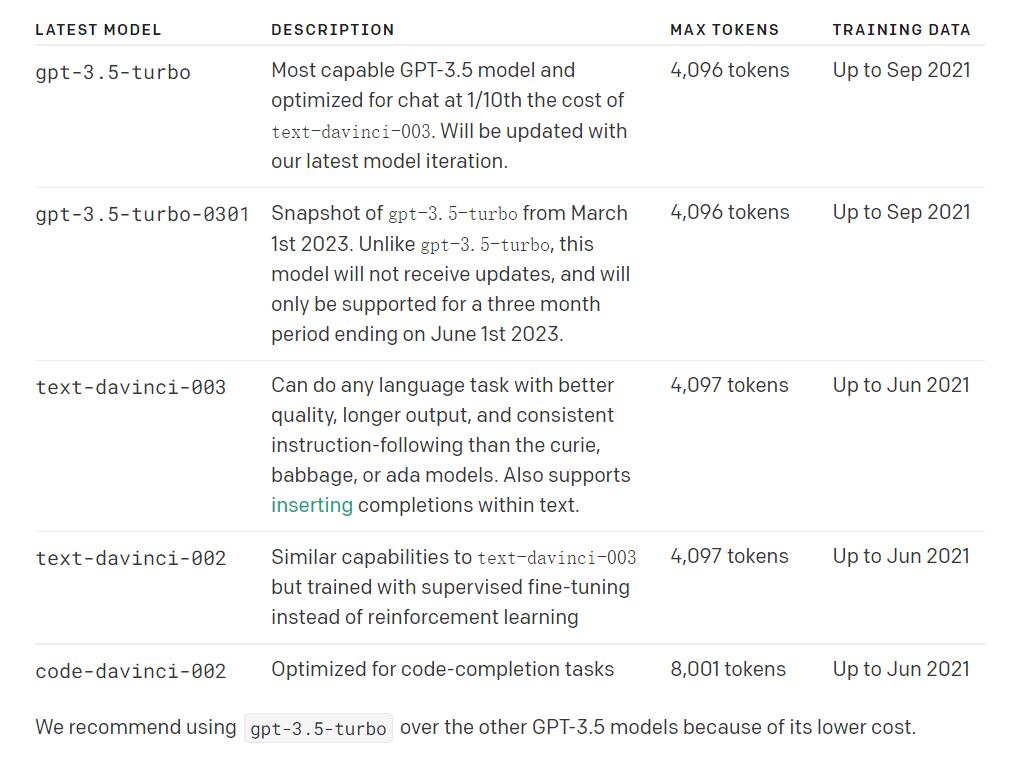
What is the difference between ChatGPT-3 and GPT4?
Chatgpt 3 vs 4
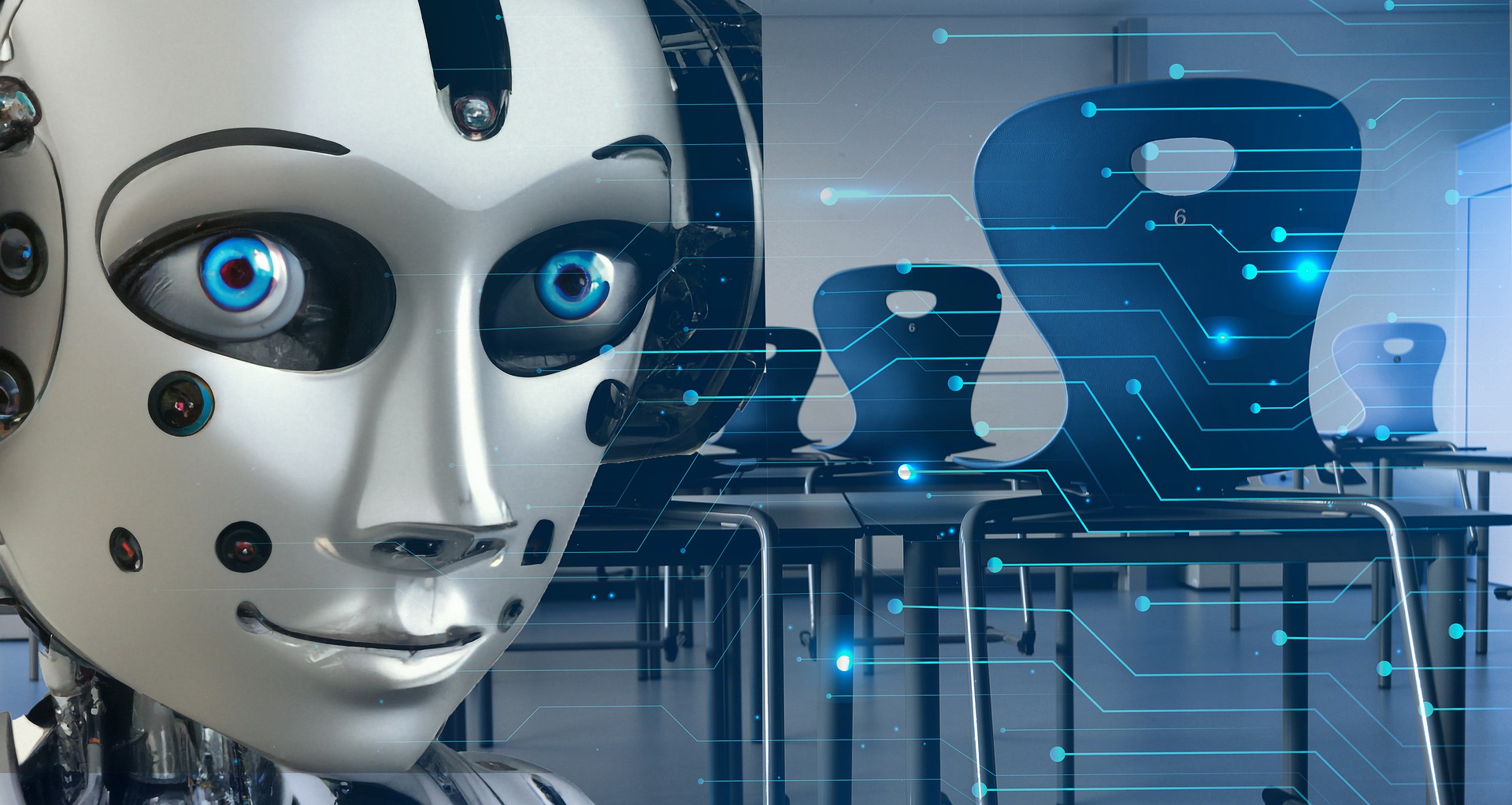
One major difference between GPT-3 and GPT-4 is capabilities. Compared to GPT-3.5, GPT-4 is said to have better reliability, creativity, and collaboration capabilities.
The difference between GPT-4 and GPT-3.5 models is not significant for many basic tasks. But for more complex inference situations, GPT-4 is much more powerful than anything we have done.
In contrast to ChatGPT, GPT-4 accepts both images and text prompts and returns both. Unfortunately, at the time of this writing, the ability to use image input is not yet available to the public.
GPT-4 vs. GPT-3 model’s capabilities
OpenAI, the company that created ChatGPT version has already done the comparison between the 2 models:
“We proceeded by using the most recent publicly-available tests (in the case of the Olympiads and AP free response questions) or by purchasing 2022–2023 editions of practice exams. We did no specific training for these exams. A minority of the problems in the exams were seen by the model during training, but we believe the results to be representative.”(source: OpenAI)
The results are staggering!
On the AP Calculus BC exam, the GPT-3 achieved a score of only 1 out of 5, whereas the GPT-4 achieved a score of 4. On a simulated bar exam, the GPT-4 achieved a score in the top 10% of candidates, whereas the GPT-3.5 - the most advanced version of the GPT-3 series - achieved a score in the bottom 10%.
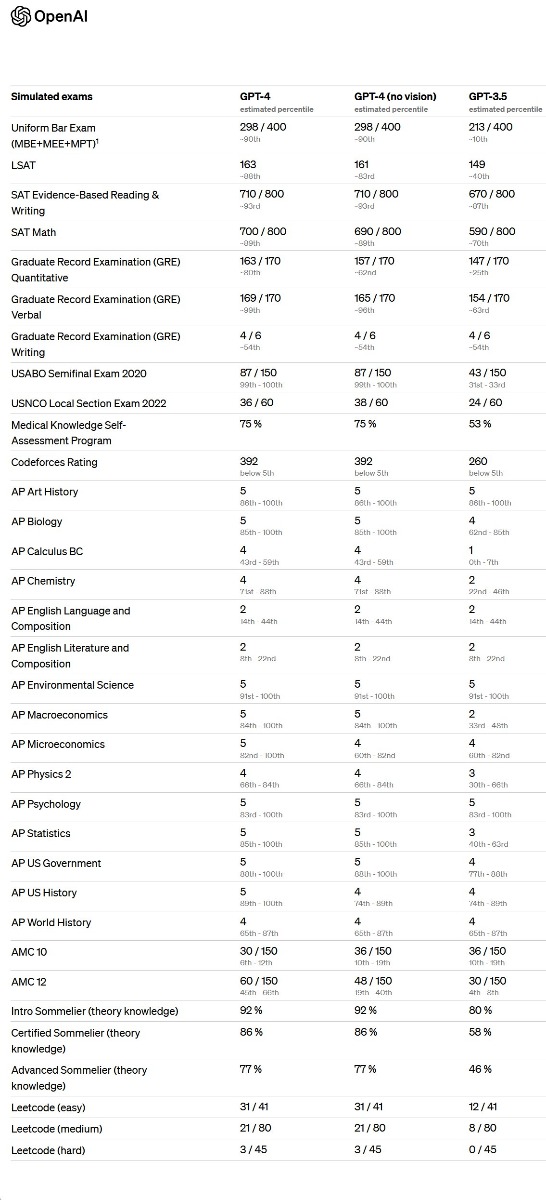
Moreover, GPT-4 is... a veritable polyglot. Whereas the GPT-3 and GPT-3.5 were already very accurate in English (at 70.1%), the GPT-4 is now more than 85% accurate. Indeed, it speaks 25 languages better than its English forebear, among them Mandarin, Polish, and Swahili. Considering that most existing ML benchmarks are written in English, this is pretty impressive.
Not only that, but GPT-4 can handle much longer text in a single query due to increased context length.
GPT-3 vs GPT-4 in token limits
The context length is a parameter that describes the number of tokens that can be used in a single request to the API. In the original GPT-3 models, which were released in 2020, the maximum value of a request was set to 2,049 tokens. GPT-3.5 increased this limit to 4,096 tokens (~3 pages of single-spaced English text). The GPT-4 comes in two versions. One (GPT-4-8K) has a context length of 8,192 tokens. The second (GPT-4-32K) can handle up to 32,768 tokens, which is about 50 pages of text.
This enables us to think about all the new use cases for the GPT-4. The 50 pages of text capability let the new OpenAI ChatGPT4 models create longer pieces of text, analyze and synthesize larger documents and reports, and handle discussions without losing context.
GPT-3 vs GPT-4 in input types
Unlike the GPT-3 and GPT-3.5 models, which only accepted text (in this case, code also included) as input, GPT-4 accepts images as well. More precisely, it generates text output from text and image input.
The GPT-4 model is capable of generating labels, classifying visible features, or analyzing images. Many examples are presented in the GPT-4 research documents suggesting it can handle so much stuff, such as analyses of diagrams, explanations of memes, and summaries of articles composed of text and pictures. It must be said that the image understanding capabilities of GPT-4 are impressive.
However, the image input feature for ChatGPT-4 is still a research preview and not publicly available, according to the OpenAI website.
Can ChatGPT-4 write better codes for makers?
From what we've heard from developers, DIY electronic makers, and programmers who've coded using ChatGPT-4, it's very good at interpreting what you want, and there's a lot of reference documentation in there that makes you feel like it's getting more context than it's actually getting. ChatGPT4 removed the error codes and get better results for you, some makers have experimented with typing some code drafts, then the ChatGPT-4 produced code was much cleaner than before. And the context memory is much longer. The code quality is night and day better. While GPT 3.5 struggled to keep track of major code changes, what really makes GPT4 shine is that as you evolve beyond the initial prompt you started with, it performs beyond your expectations.
With the updated tool now capable of writing code in all major programming languages, makers, developers and creators are already finding incredible ways to use it.
Even Microsoft launched its Bing AI chatbot with GPT-4 last month. It's so powerful that it can take a photo of a hand-drawn design for a simple website and transform it into an actual website using HTML and Javascript code.
Does it sound incredible, the future that ChatGPT4 brings to makers and electronic engineers now seems so bright.
About Elecrow
Learning about the latest tech news about maker industry is so interesting and can deepen insight for your maker knowledge, Elecrow aims to provide you all-inclusive and latest industry knowledge about maker and tech field, there are also some great services Elecrow can provide for tech geeks, makers, hardware programmers, etc.
Elecrow is a one-stop solution platform providing services to tech geeks and makers around the world, including PCB assembly, PCB manufacturing, and component sourcing. Elecrow can provide makers and electronics enthusiasts with the electronic parts they need to complete their projects.
Elecrow has strong supply chain sources and can provide you with a variety of components with high-quality and competitively priced components through multiple channels. From the resistor, capacitor, inductor, diode and triode, rectifier bridge, and IC to any type of connector, shell, wire/cable, and button, Elecrow can help you source them all. The service is designed to save you money and time so that you can concentrate on your work and not worry about sourcing issues.
Elecrow also provides a sales platform for DIY electronics makers and welcomes partner sellers to sell their products and earn benefits !
